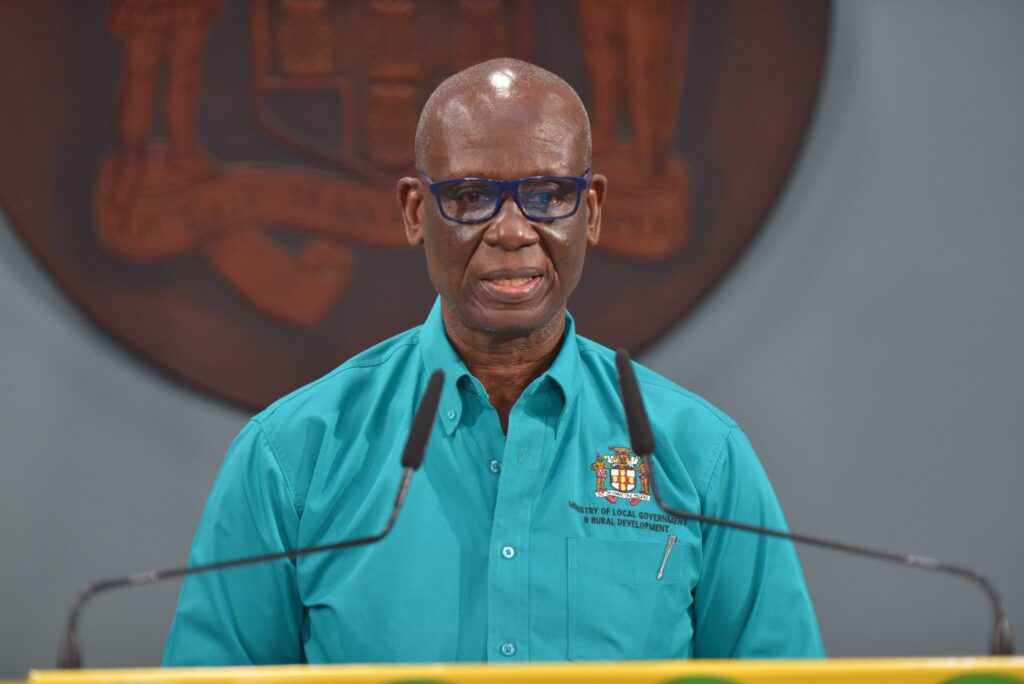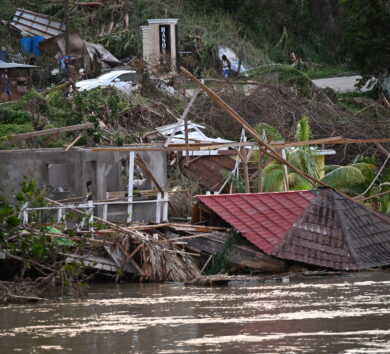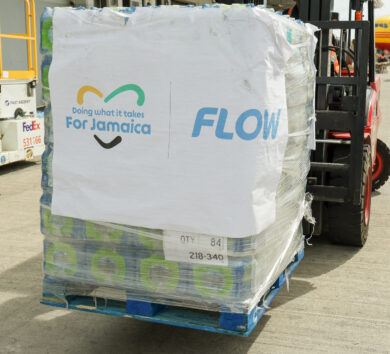

Tourism, agriculture and light manufacturing are predominantly located on Jamaica’s coastlines which are coming under threat from climate change.
This poses a clear and present danger to the Jamaican economy.
Last week the Global Facility for Disaster Reduction and Recovery revealed that 70 per cent of all Jamaica’s leading industries are situated in coastal areas exposing them to frequent dangerous weather conditions.
Jamaica has been listed as the third most exposed country to natural disaster events. This year, an overactive hurricane season is expected. This summer the UK and many other European countries have been experiencing temperatures close to 40 degrees Celsius.
“Climate change is real and our major industries are on the coastlines. To move industries more inland will take long-term planning. We hope that the global community is taking climate change seriously.”
Keith Duncan, president of the Private Sector Organisation of Jamaica
For the first time ever, people are coming to Jamaica to get away from the heat!
Speaking with Our Today, Keith Duncan, president of the Private Sector Organisation of Jamaica (PSOJ), said: “Climate change is real and our major industries are on the coastlines. To move industries more inland will take long-term planning. We hope that the global community is taking climate change seriously.
‘We note that Matthew Samuda as the portfolio minister is taking a more pro-active stance around it and hopefully, we will see a lit bit more of the policies that look to balance development with environmental sustainability. We have seen one of his first initiatives was addressing the plastics situation. We need more of that going forward. It comes down to orderly development and the Government of Jamaica should be providing that road map for us even in terms of providing a spatial map that says where does development of Jamaica occur. Where are the green spaces? What are the areas you protect in the same way they were able to put some boundaries around the Cockpit Country.
“We need to understand as a country what does that spatial map look like in order to sustain that balance between development and the environment.”

Minister of Local Government Desmond McKenzie has now tabled Jamaica’s Comprehensive Disaster Risk Management Policy and Strategy 2020-2040 Green Paper.
It did not escape his attention that hurricane damage costs Jamaica some 0.5 per cent of Jamaica’s GDP, or put another way, some US$67.5 million.
“While it would appear that the case for developing this policy is self-evident, it is important to state that a range of factors, including Jamaica’s historical vulnerability to disasters, the pace of our movement towards full disaster resilience, and the need for firmly establishing the financial foundations for disaster risk reductions are among the most prominent,” said McKenzie.







Comments